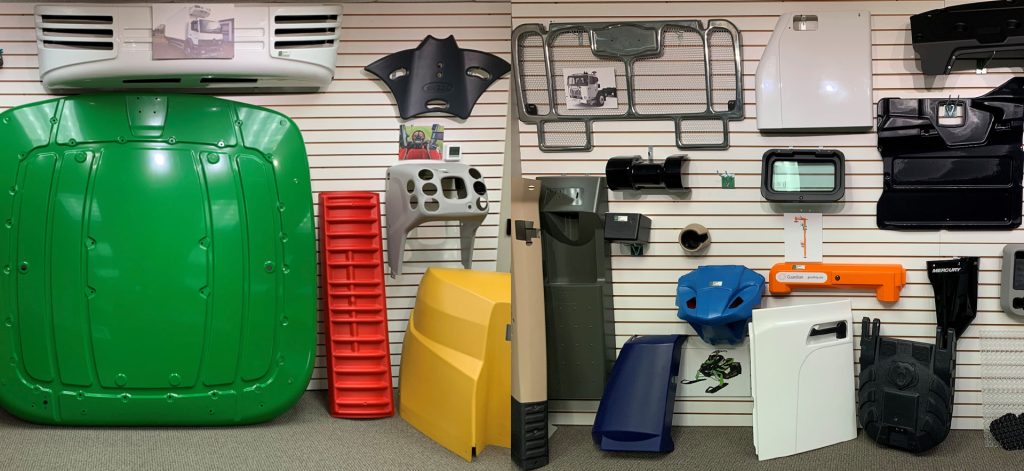Custom plastic production represents a crucial position in a wide range of industries, providing tailored alternatives to meet up specific needs. In this short article, we delve in to the planet of custom plastic production, from the initial design stage to the final item delivery.
The Design Phase:
Customer Relationship: Custom plastic manufacturing usually begins with a venture between the manufacturer and the client. The client communicates their particular needs, including dimensions, material tastes, and intended use.
Material Choice: Selecting the most appropriate plastic material is crucial. Suppliers information clients in selecting products centered on factors such as for instance toughness, heat resistance, and chemical compatibility.
Computer-Aided Design (CAD): Style technicians use CAD computer software to create specific 3D types of the custom plastic part or product. This permits for complete examination and modifications before production.
Prototyping and Testing:
Rapid Prototyping: A model is frequently intended to validate the design’s functionality and aesthetics. Rapid prototyping methods like 3D making permit quick iterations and adjustments.
Product Screening: Prototypes undergo material testing to make certain they meet given efficiency conditions, such as for instance load-bearing capacity and durability.

Customer Approval: Clients review and agree the prototype, custom plastic enclosure feedback for final adjustments.
Generation and Manufacturing:
Tooling and Molding: When the design is selected, companies create molds and tooling required for production. Different practices like injection molding, extrusion, and thermoforming are employed.
Quality Get a handle on: Rigorous quality control procedures are applied throughout manufacturing to make certain detail, consistency, and submission with specifications.
Modification: Custom plastic production allows for special characteristics, shades, and branding components to be incorporated in to the ultimate product.
Construction and Appearance:
Assembly: If the custom plastic item consists of multiple components, assembly functions are moved out meticulously, usually involving computerized machinery.
Packaging: Finished products are cautiously sold to safeguard them all through transport and storage.
Delivery and Post-Sales Help:
Timely Distribution: Companies guarantee on-time delivery to meet client needs and production schedules.
Customer Support: Post-sales help, including warranty and maintenance solutions, is presented to keep the durability and efficiency of custom plastic products.
Conclusion:
Custom plastic production is a powerful procedure that involves relationship, precision engineering, and quality control. Whether it’s making parts for the automotive market or producing complicated medical units, the modification of plastic products presents endless opportunities for innovation.
